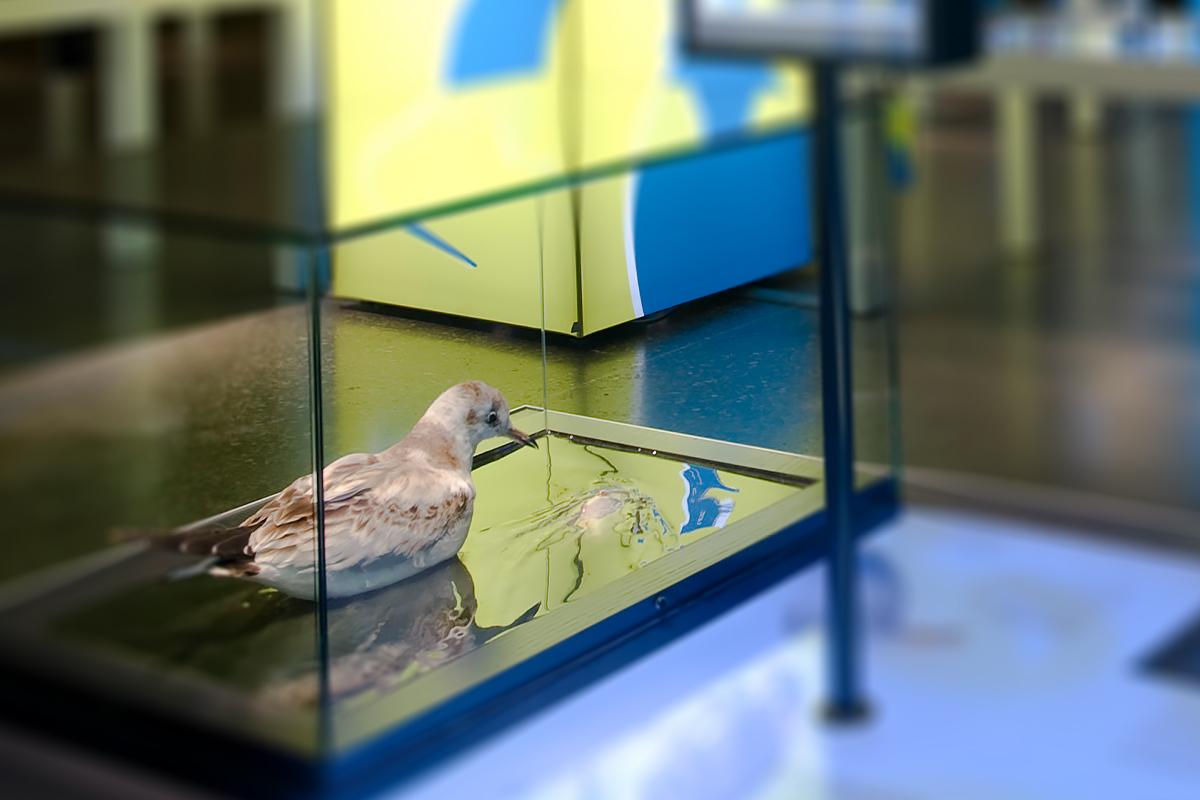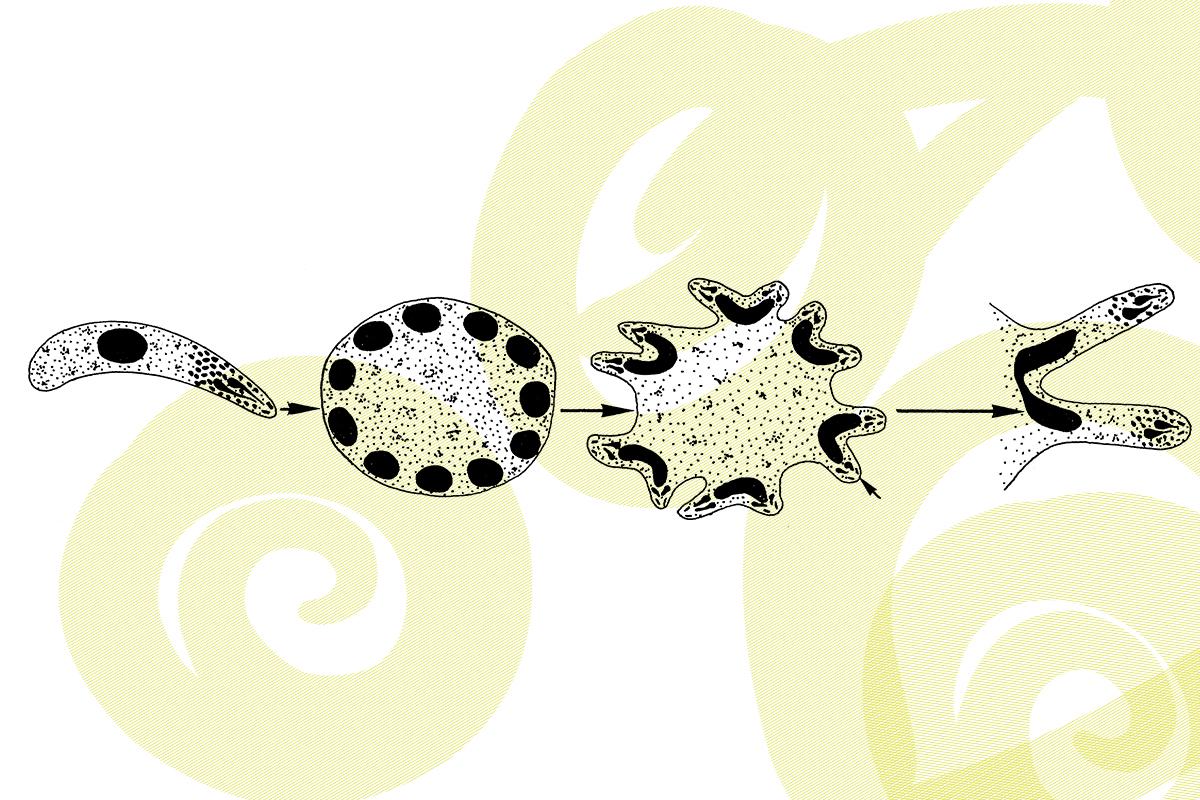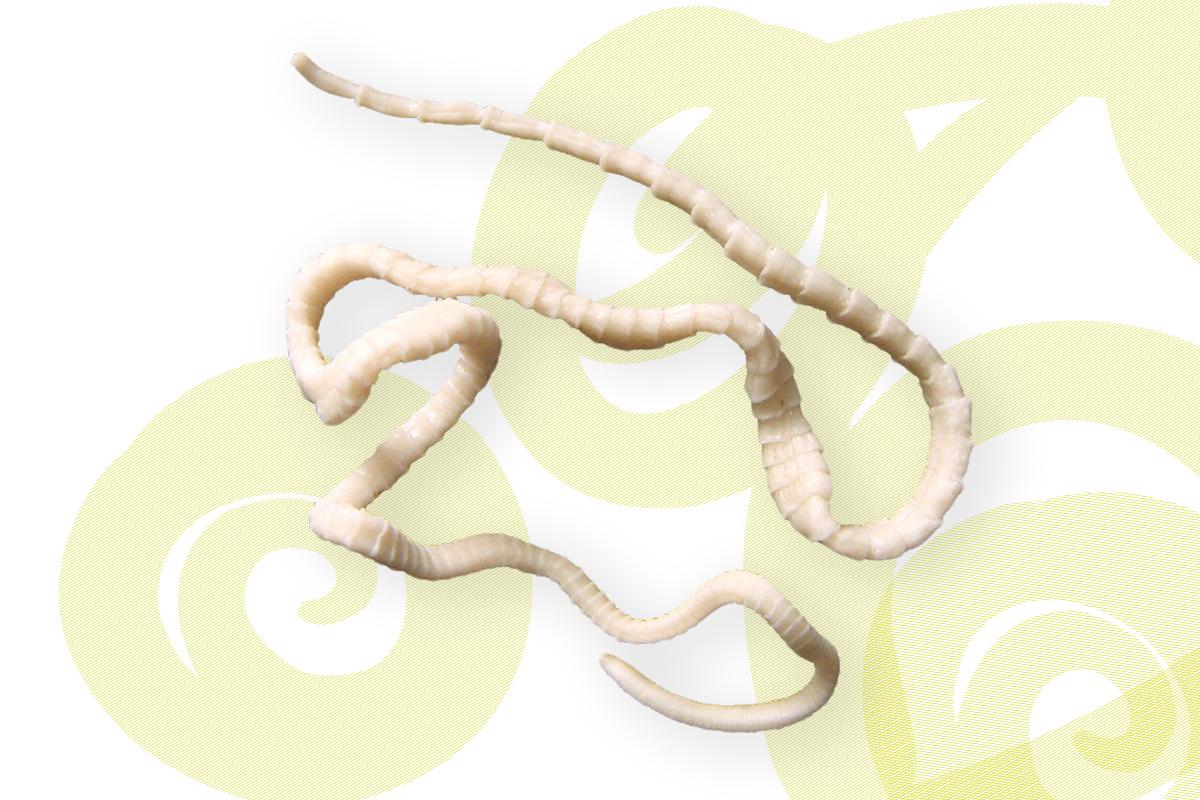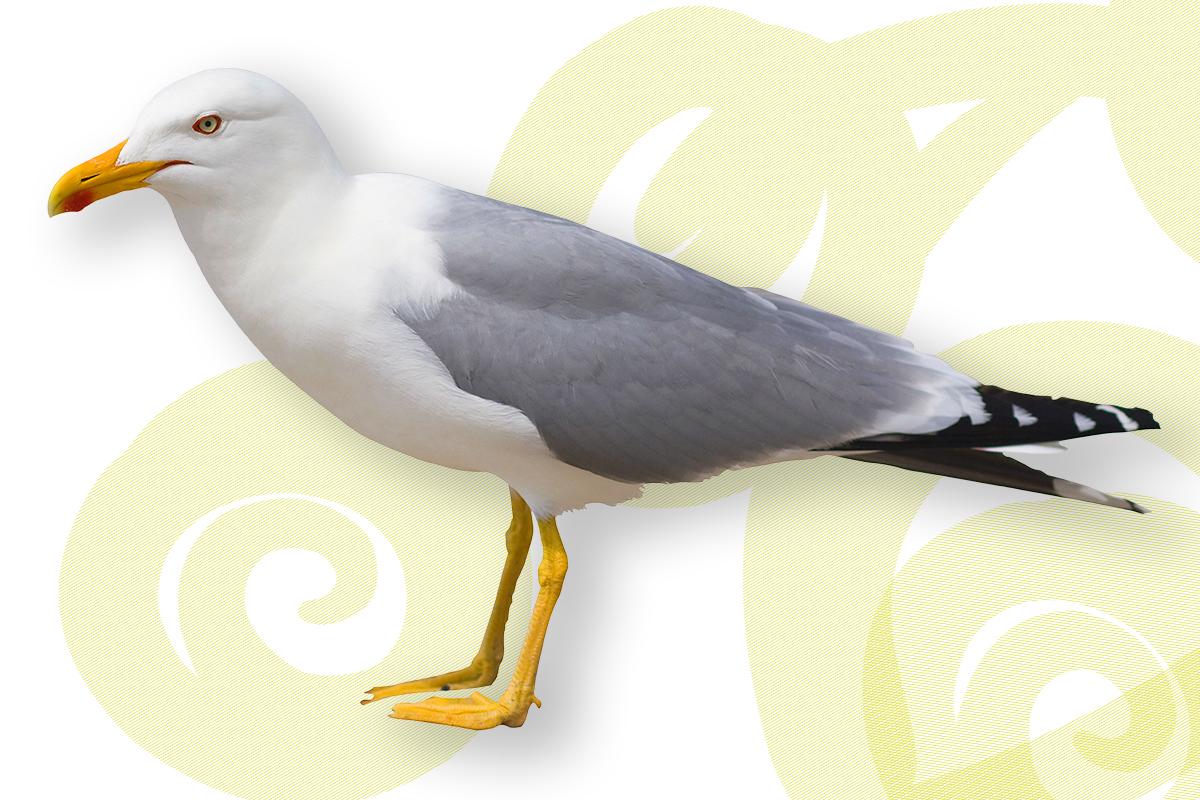
How do parasites reproduce? Whether amoebas have sex, how many eggs a tapeworm produces, or how to outsmart seagulls: here are our top stories on “Reproductive Strategies”.
Protozoa – Some Do It, Some Do Not

The simplest example of asexual reproduction is the division of cells, as in protozoa such as amoeba or the pathogen of sleeping sickness. In these cases the genetic material is passed on unaltered; identical daughter cells are created. Some protozoa have perfected asexual reproduction to an astounding degree: out of the multiple division of one cell up to 100,000 daughter cells can be created simultaneously. However, protozoa also alternate their life cycle with phases of sexual reproduction to mix their genome with that of a partner.
The Masses Decide – One Will Make It

Many parasites are downright egg factories. This requires a large body and a long life. Solitary tapeworms are the record holders in this regard with lengths of up to 20 meters. A tapeworm can live up to 20 years and lay ca. 10 billion eggs. Roundworms like Ascaris also count on numbers. The female can lay up to 200,000 eggs per day, which equals ca. 70 million in one year. That corresponds to 1,700 times its body weight. In human terms a woman with a body weight of 60 kg would have to produce 102 tons of offspring per year, which would equal about 25,000 babies of 4 kg each.
Fish Are Made Easy Prey

Some parasites develop over several stages with different hosts for each stage. This often means that the so-called intermediate host must be eaten by the host level. However, many parasites do not wait passively for their host to be caught, but increase the likelihood of a host change. Infected intermediate hosts react more slowly or show conspicuous behavioral patterns that make them easier to fall prey to their predators. Fish infected with the tapeworm Ligula intestinalis are noticeable by their misshapen, swollen belly and they often swim with their belly up, close to the water surface. This does not remain hidden from fish-eating birds, and they have easy play with this prey.
Here you get back to the overview.